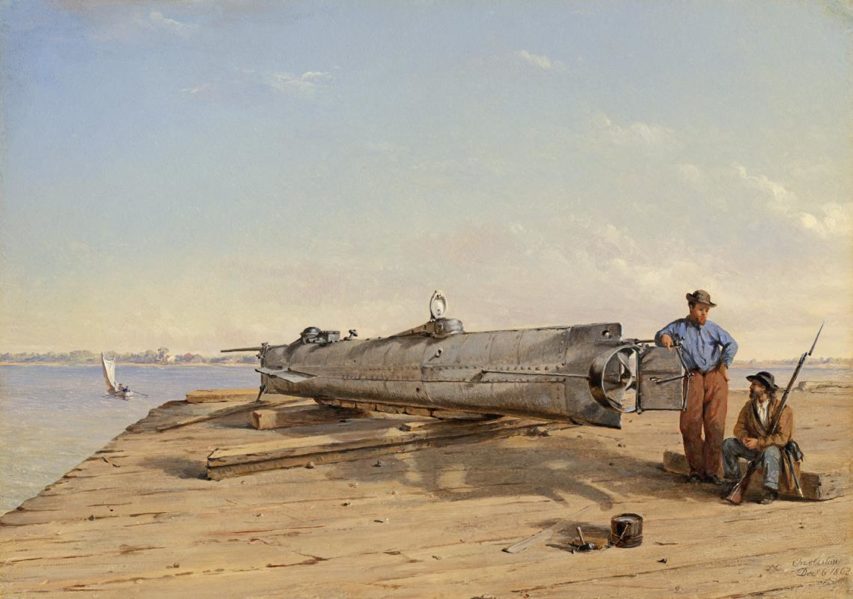Jonathan Kay in the National Post:
By my anecdotal observation, these accounts are not overblown. At Toronto dinner parties, it’s become common for upscale couples to brag about how well their sponsored refugees are doing. (Houmam has a job! The kids already speak English! Zeinah bakes the most amazing Syrian pastries — I’m going to serve some for desert!) Syrian refugees aren’t just another group of Canadian newcomers. They’ve become central characters in the creation of our modern national identity as the humane yang to Trump’s beastly yin.
Given all this, it seems strange to entertain the thought that — contrary to this core nationalist narrative — our refugee policy may actually be doing more harm than good. Yet after reading Refuge: Rethinking Refugee Policy in a Changing World, a newly published book jointly authored by Paul Collier and Alexander Betts, I found that conclusion hard to avoid. When it comes to helping victims of Syria’s civil war, the road to hell is paved with good intentions.
[…]
What’s worse, the lottery-style nature of the system means that refugees have incentive to take enormous risks. German Chancellor Angela Merkel received lavish praise for admitting more than 1 million Muslim refugees in 2015. But the data cited in Refuge suggest the tantalizing prospect of first-world residency is precisely what motivated so many refugees to endanger their lives by setting out from Turkey in tiny watercraft. We like to believe that generous refugee-admission policies are an antidote to the perils that claimed Alan Kurdi’s life. The exact opposite seems more likely to be true.
Moreover, the refugees who make it to the West do not comprise a representative cross-section of displaced Syrians — because those who can afford to pay off human smugglers tend to be the richest and most well-educated members of their society. (Betts and Collier cite the stunning statistic that fully half of all Syrian university graduates now live outside the country’s borders.) This has important policy ramifications, because refugees who remain in the geographical vicinity of their country of origin typically return home once a conflict ends — whereas those who migrate across oceans usually never come back. Insofar as the sum of humanity’s needs are concerned, where is the need for Syrian doctors, dentists and nurses more acute — Alberta or Aleppo?
[…]
But logically sound as it may be, the authors’ argument also flies in the face of our national moral vanity. Scenes of refugees being greeted at the airport by our PM offer a powerful symbol of our humanitarian spirit. Having our PM cut cheques to foreign aid agencies? Less so. While focusing more on supporting Syrian refugees who’ve been displaced to other Middle Eastern countries would allow us to do more good with the same amount of money, we’d also be acting in a less intimate and personal way — and we’d get fewer of those heartwarming newspaper features about Arab children watching their first Canadian snowstorm.
And so we have to ask ourselves: In the end, what’s more important — doing good, or the appearance of doing good? If we’re as pure of heart as we like to imagine, we’ll seek out the policy that saves the most people, full stop. And Refuge supplies an outstanding road map for getting us there.





